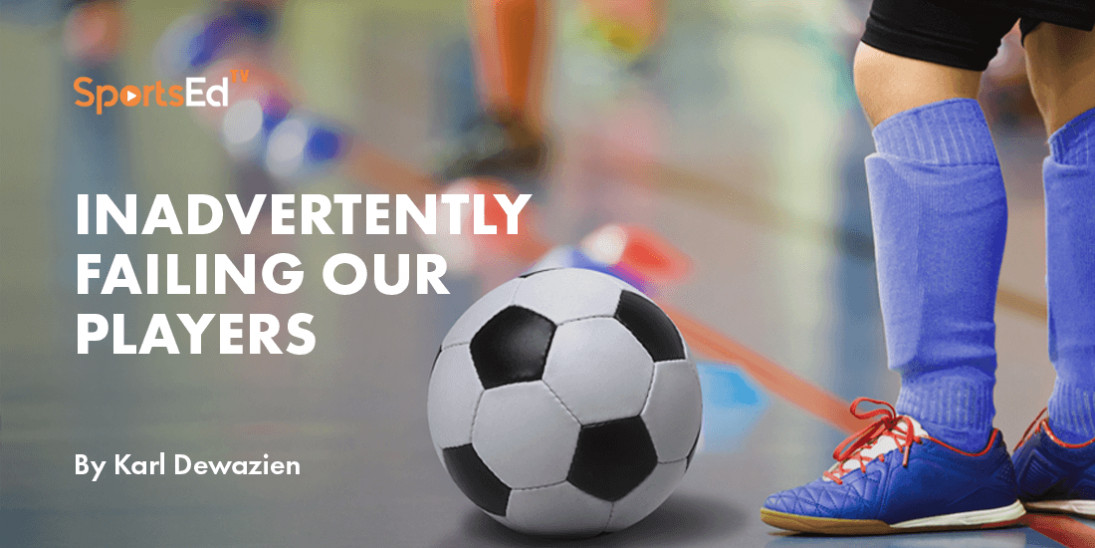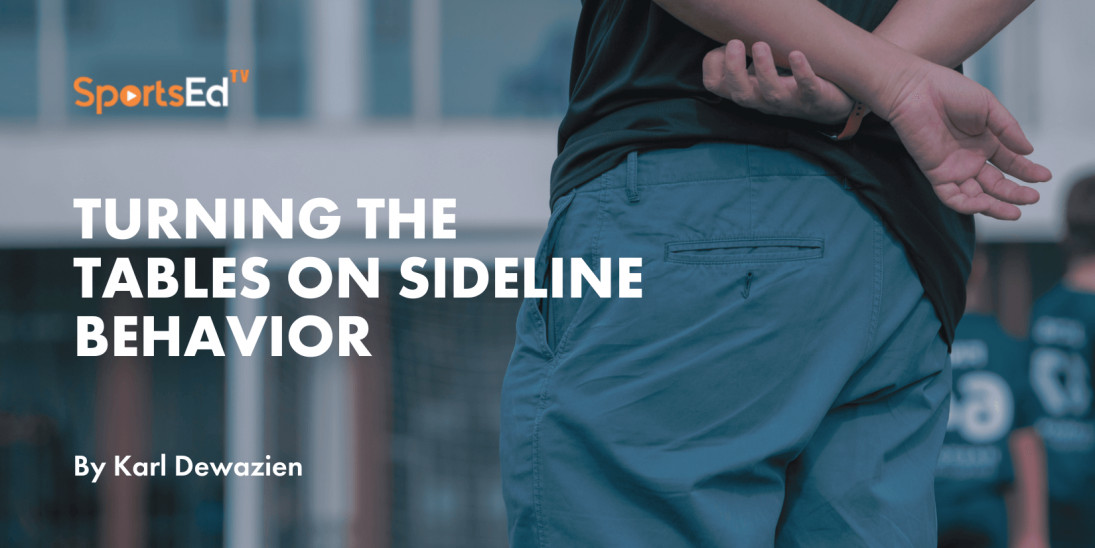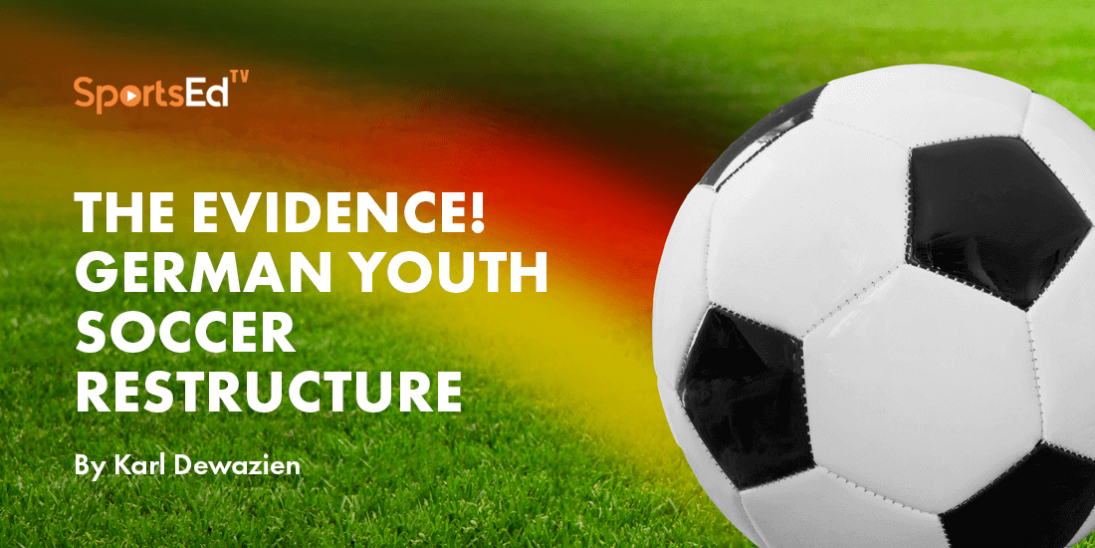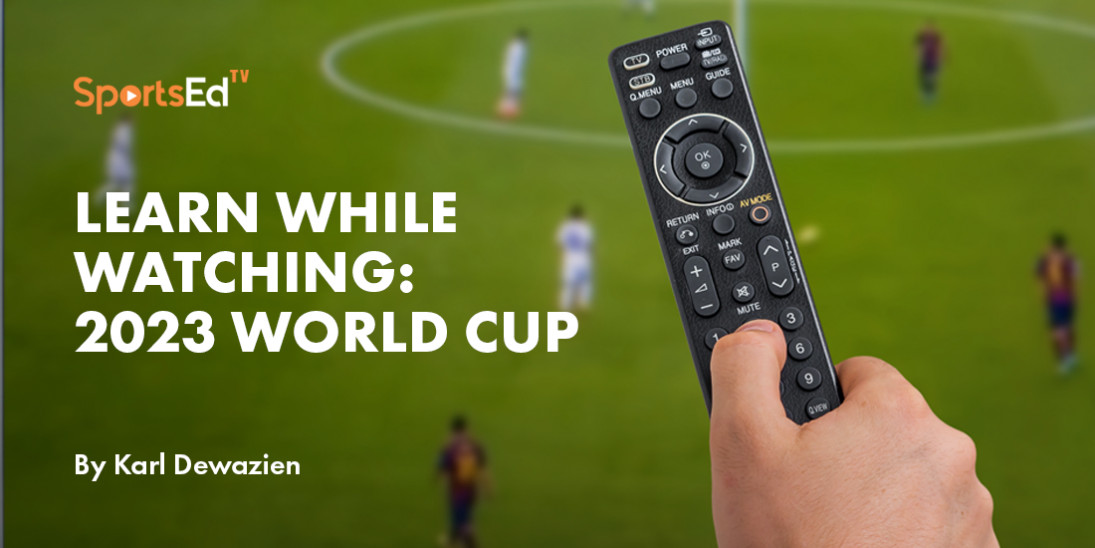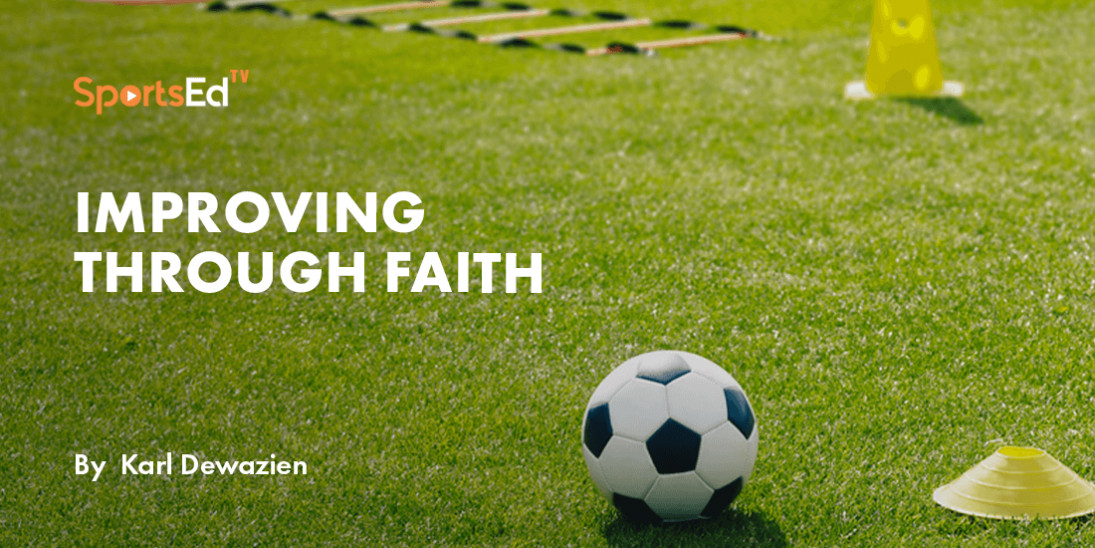Soccer
Welcome and thanks for visiting...

How To Become A Better Youth Soccer Coach - Part 2
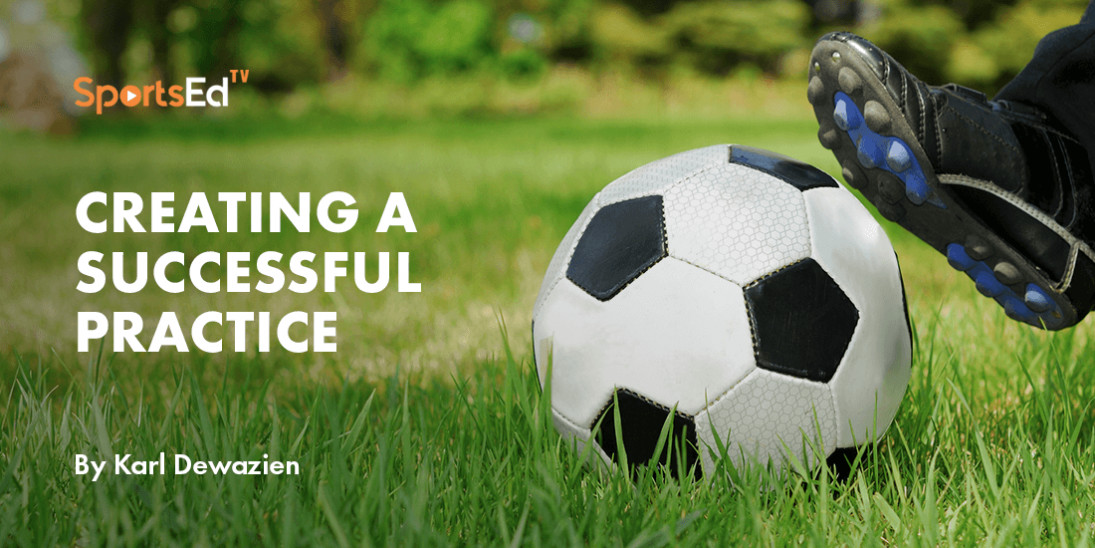
SportsEdTV Soccer is committed to bringing athletes, coaches, and parents pro-level Soccer education videos for FREE. All levels, anywhere, anytime. Check out our full instructional library and sign up to join our Soccer community.
Karl Dewazien of FUNdamental SOCCER, Emeritus State Director of Coaching for the California Youth Soccer Association 1978-2012, discusses how to improve as a youth soccer coach and create a successful practice. Make sure you didn't miss Part 1 of this series.
To be successful, coaches must learn ‘how to create a practice environment that duplicates the game.’ Here are some recurring themes that will help you be a successful youth coach. It is not that complicated!
Our Players Are Children
The dictionary says, “Children are young persons at any age less than maturity; persons in the process of developing both physically and mentally.”
Our Players Are Learners
We need to teach our players to create their playing environment to facilitate learning and enjoyment. You must begin by teaching your players how to lay-out the field to start playing the “1vs.1 game,”; various “Small-Sided Games,” and the “Scrimmage” game.
Teach your players these simple steps to lay-out the Length and Width of the fields:
- Length of the field – Take Ten Steps for the Number of Players on the Larger Team
- Some Examples:
- 1 vs. 1 …Goals/cones placed (10) steps apart
- 2 vs. 2 …Goals/cones placed (20) steps apart
- 2 vs. 1 …Goals/cones placed (20) steps apart
- 3 vs. 1 …Goals/cones placed (30) steps apart
- 4 vs. 2 …Goals/cones placed (40) steps apart
- 5 vs. 3 …Goals/cones placed (50) steps apart
- 6 vs. 4 …Goals/cones placed (60) steps apart
- Etc.
- Width of the field – Depends on the skill level of your players.
- Weaker Players – Wider field
- Stronger Players – Narrower field
Children Learn From Their Mistakes
Players learn from errors made – if the coaching is done correctly, both verbally and physically. Coaches must turn player errors into a favorable learning situation. The player’s self-confidence should not be affected by mistakes that are made when playing soccer. Note this comment about professional soccer, “it is a game played by 22 error-prone, overpaid juveniles…who are surrounded by 80,000 mistake-free, perfect, expert spectators.”
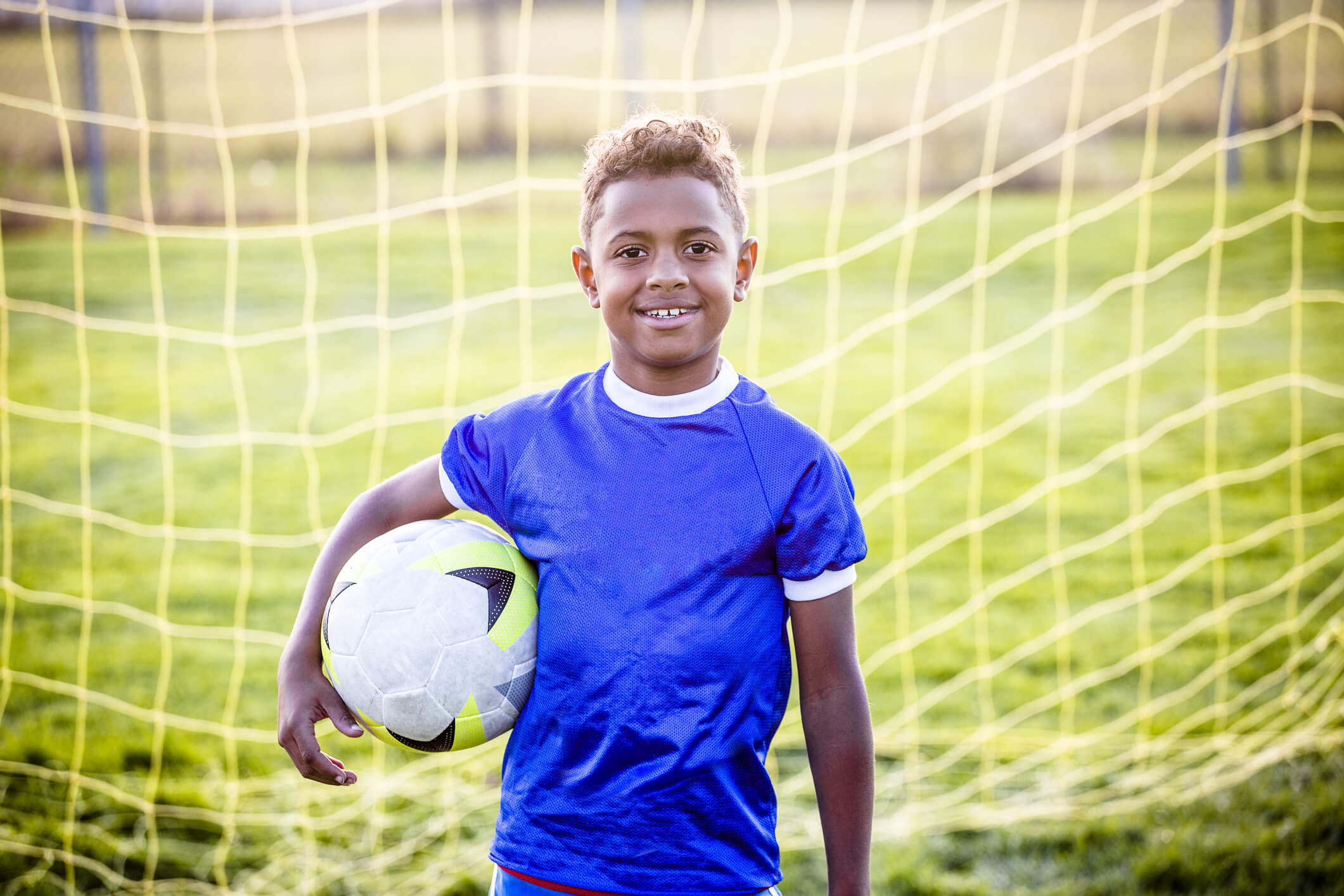
Mistakes are some of the best learning opportunities for players, and as a coach you must learn to leverage these situations for teaching while protecting the player's confidence. This means creating a positive perspective on mistakes that both you and your players share. Mistakes are part of progress!
Duplicate The Excitement Of The League Game In Practice
Minimize listening and lecture time. Maximize touches with the ball and playing time.
This is accomplished by playing small-sided games, which begin with the mastery of the 1 vs. 1 GAME.
We need to create an environment where players instinctively respond to ball possession. This means:
- Our ball – players respond by, instinctively, becoming an Attacker.
- Their ball – players respond by instinctively, becoming a Defender.
All Practice Games Must Include Two Goals
- One goal to Attack
- One Goal to Defend.
All Practice Games Must Include Shots On Goal
The habit of shooting is created by using a ‘shooting zone’ in practice. Once inside this ‘marked area,’ the players must respond by ONE-TOUCHING the ball toward the goal. A sprint must follow the action of the ONE-TOUCH toward the goal --following the shot. Then, the players must instinctively retreat (backward) out of the zone to get back on defense. The habit of shooting and properly responding is created in practices where the game action is simulated.
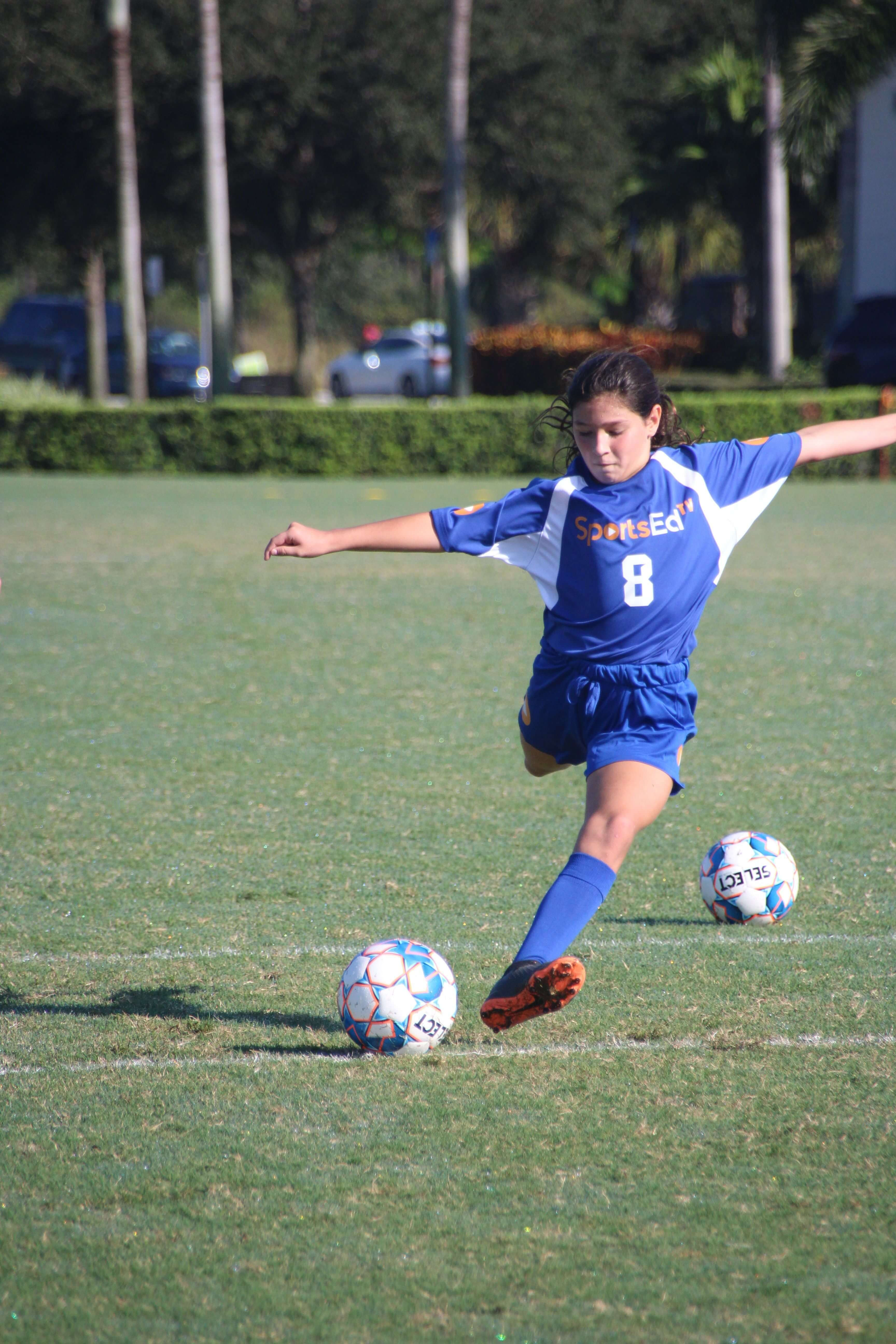
Duplicate Your Game Behavior In Practice
Your function during practice is straightforward:
Teach them to get the action started, then observe and help – when necessary. Coach one individual at a time, just like a substitute during the league game.
Give Them A Home-Play Assignment
It would help if you began teaching your players to create their environment focusing on the 1 vs. 1 game. Give them the tools (in practice) to lay out their field of play using the ‘formula’ mentioned earlier in this article. Please give them the tools (in practice) to experiment and practice their way to success. Teach them (in practice) to become independent and responsible for their personal development.
Then, give them the ‘home-play assignment,’ which is guaranteed to develop the passion that ‘super-star’ players have for our game …
- Play 1 vs. 1 soccer in your backyard, at school, in the park, vs. parents, friends, or even your dog!
- Play 1 vs. 1 soccer whenever or wherever possible!
And don’t ever forget that, “The outcome of our children is infinitely more important …Than the outcome of any game they will ever play!” -Koach Karl
I look forward to continuing to help you improve your local player development program in 2021. Please send your questions/thoughts/ideas directly to SportsEdTV’s soccer content manager at sbhandari@sportsedtv.com
Final Note: Thank you for taking the time to read this article and Sharing it with your soccer community.
Make sure you didn't miss Part 1, and see more of Karl Dewazien's work at FUNdamental SOCCER

